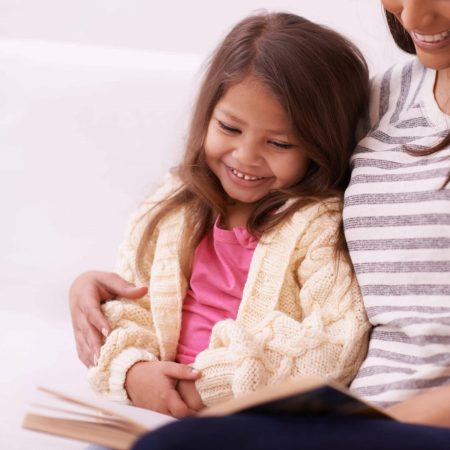Sight words will make up 50-75% of the books your child will begin reading. Children who can recognize sight words quickly will strengthen their reading fluency and comprehension. When children can read sight words effortlessly, they can spend their energy on sounding out more difficult words or understanding the story’s meaning.
Sight words are memorized as whole words because they often do not follow the regular rules for sounds.

Children can read a few commonly used words by sight. They may begin to write the sight words. A good goal is to learn 20 sight words by the end of Kindergarten. The purpose of learning sight words is for children to recognize them instantly while they’re reading.
The first 20 sight words:
the, of, and, a, to, in, is, you, that, it, he, was, for, on, are, as, with, his, they, I

The most important aspect of teaching sight words is teaching kids WHY they must memorize these whole words. Sight words have an important job because without them a lot of books and writing would not make sense. We’re learning them so we can enjoy a good story and read words to learn. As much as possible, point out sight words when you see them so students can see their role in stories.
Focus on only one or two words for a week. Any more than this before your child is ready will just overwhelm and frustrate them. Remind them that a lot of times sight words don’t follow the spelling and sound rules, they can be tricky!
Once you’ve chosen one or two words, write them clearly, in large, thick lowercase letters on a piece of paper or notecard. Write only one word per piece of paper or notecard. Have your child color the paper to give it a blue background. Or use color paper or notecards. Using any color will help the word stand out visually and in your child’s memory. Use these as flashcards for your child to go over their sight words each day. It will only take a few minutes and kids will feel proud to master their words!
Another technique to help kids remember words is to “box” the letters. After you have written a sight word on a piece of paper, carefully draw a box around each letter. These boxes will help children visualize the words in their mind so they can retain them.
CLICK TO VIEW EXAMPLE OF WORD BOXING
Try this quick 2 minute technique to help your child remember any sight word they have!
For many kids, it’s easier to visualize a picture with a word. If you’re writing sight words on note cards or pieces of paper, add a small picture or detail that might help them remember it. For example, for the word “my”, you could draw a small girl hugging the letter “y” to show her saying “my”! For the word “it”, you could draw a small creature that looks like a thing or an “it”. For the word “in”, you could draw the word “in” inside of a bubble.
All children benefit from acting out words. Bring a new word to life by creating a movement or gesture to help them build an association to the word. For example, for the word “my,” kids can wrap their arms around themselves and say “my” while looking at the word. For “you,” they can point both their hands at you while repeating the word “you” they read from the card.
Sight words are meaningless until we know how to use these words in our own conversations. Have your child tell you an original sentence using their new word. This can be challenging, so be ready to slow down with your child as they try to use their new word in a sentence and give lots of high fives when they can use it correctly!
Sight word: live
“We live in North Carolina, but my grandma lives in Georgia.”
Using brightly colored yarn, cut out short (about 3 inches), medium (about 6 inches) and long (about 10 inches) pieces. Lay a blanket or towel flat on the floor for a dark backdrop. Have your child form the sight words they are learning on the cloth using the pieces of yarn. This approach helps commit the word to their long-term memory.
Tell your child that sight words appear silently in the world around us. Every time your child spots a sight word out in the world of words such as on a coupon, in a story, or on a piece of mail, they should point it out and celebrate! The purpose of this activity is for students to get excited about recognizing words and get a boost of confidence from knowing how to read them.

The Fry Word list and the Dolch word list are very similar; schools usually pick one or the other to use with their students.

Use sight word games to help build kids’ fluency skills. This will make your child a stronger and faster reader.

Home Reading Helper is a resource for parents to elevate children’s reading at home provided by Read Charlotte.